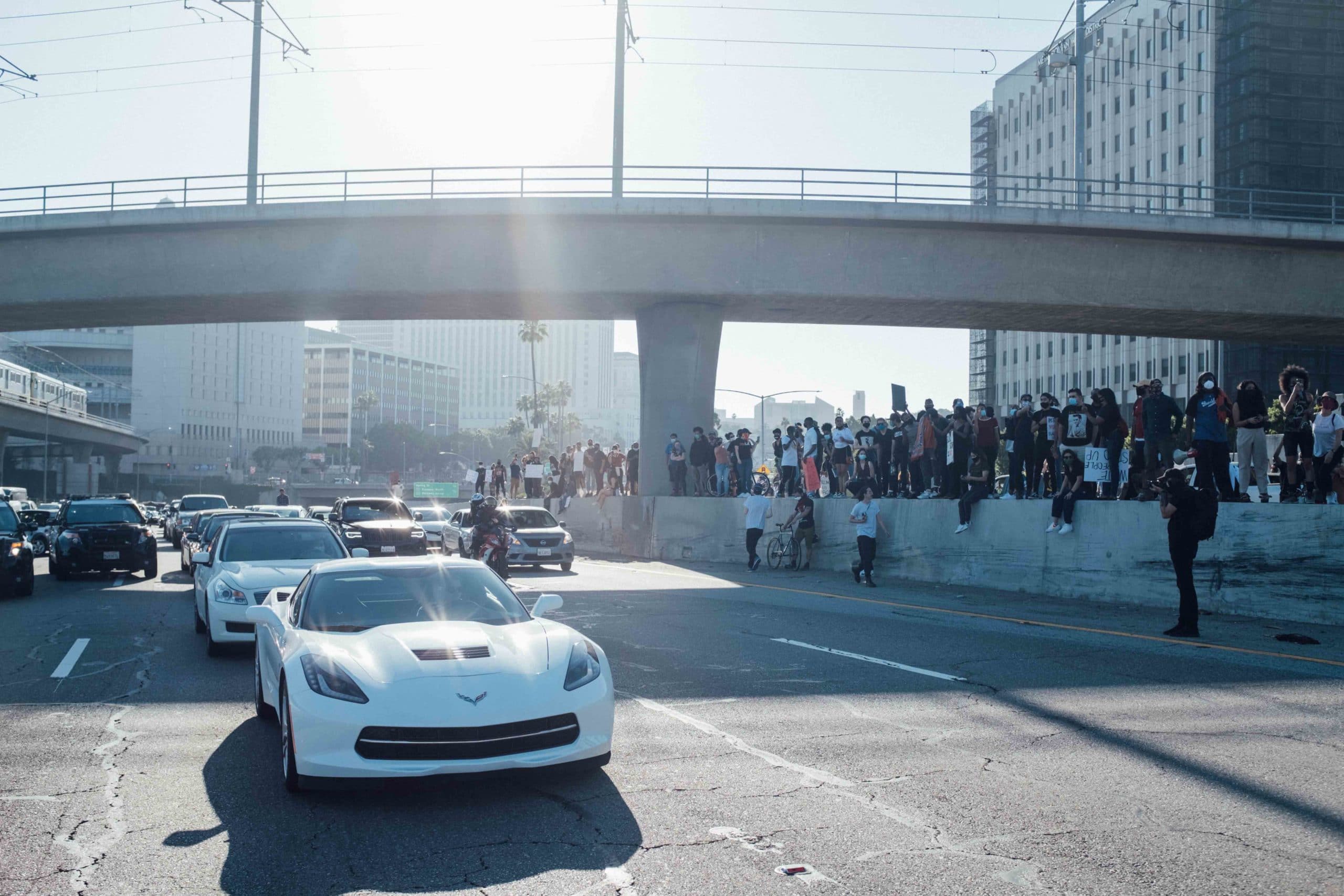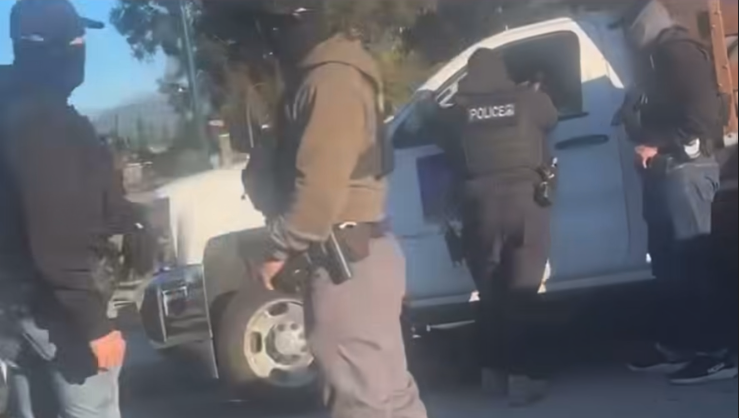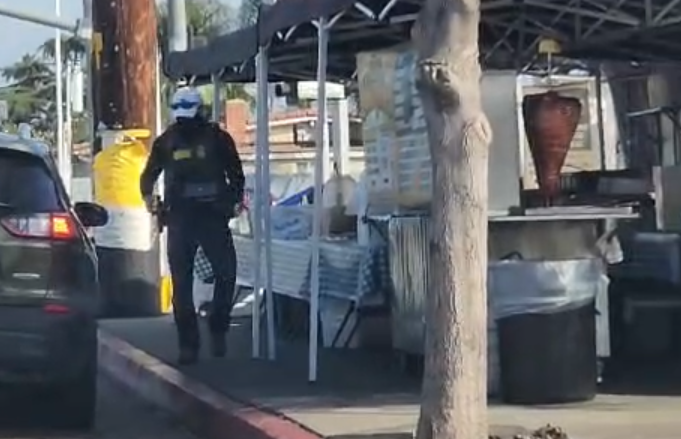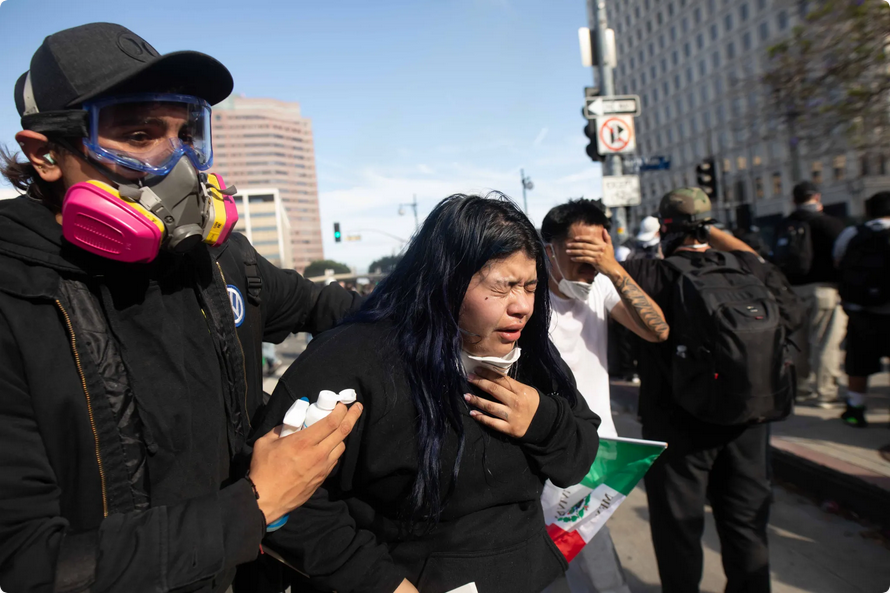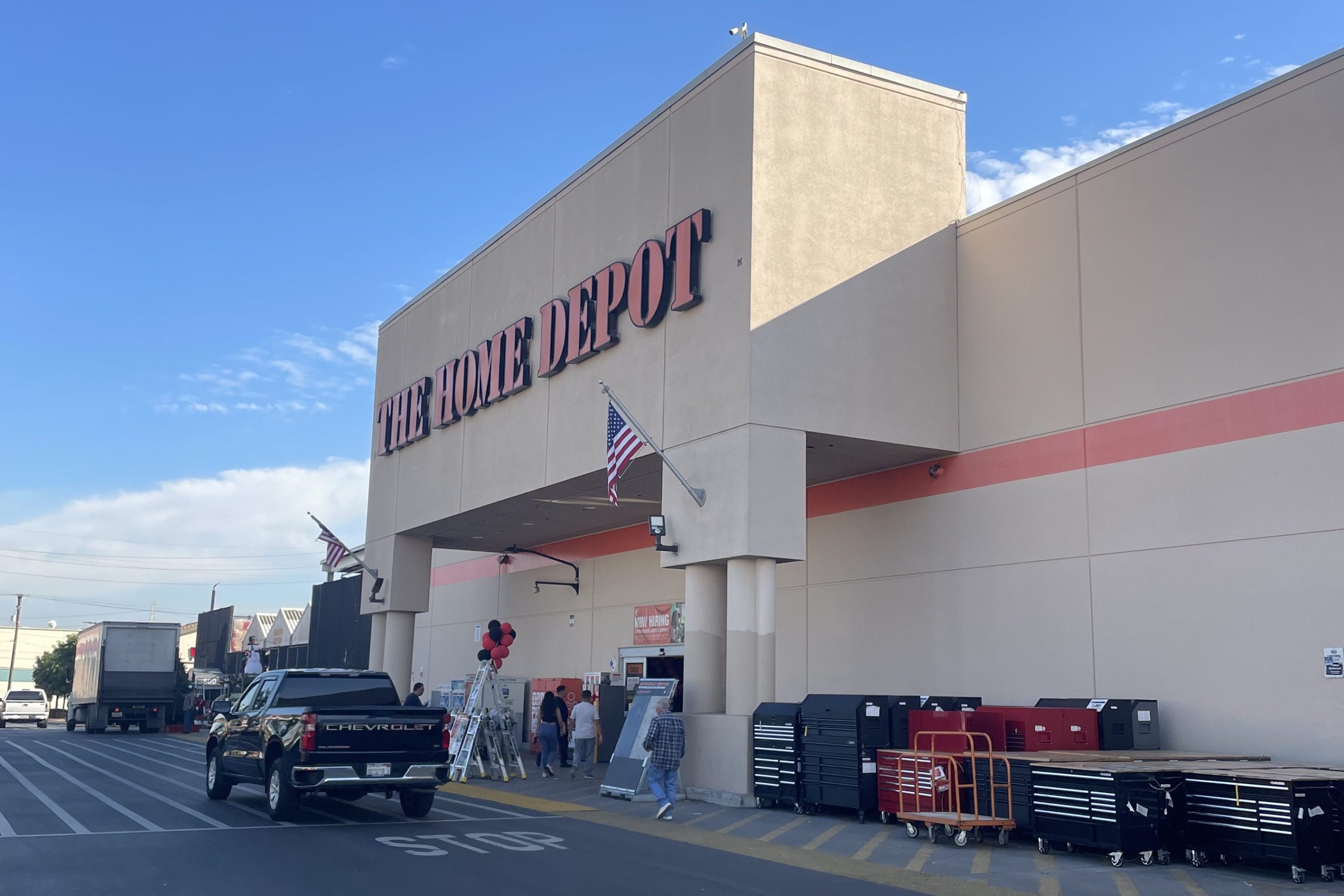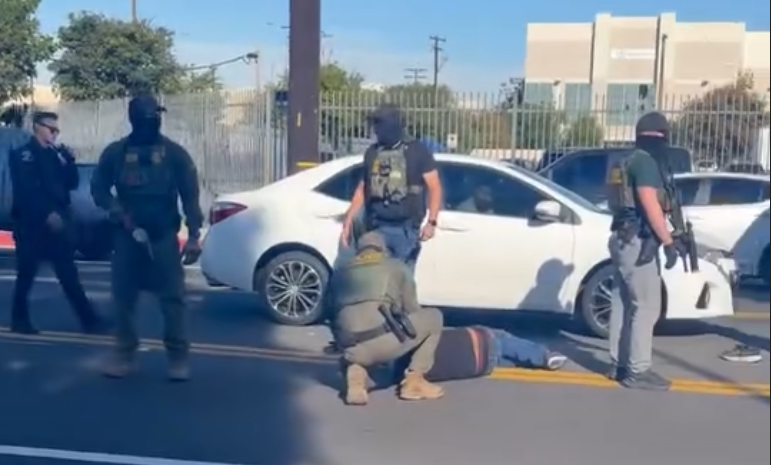[dropcap size=big]T[/dropcap]o many in Los Angeles, and across the country, freeways and the traffic that defines them are as synonymous to the city as Hollywood. The 1995 classic film, “Clueless,” coined the phrase “Everywhere in L.A. takes 20 minutes.” Though anyone who has spent time in the city knows that adage is far from the truth, even with the city’s collection of 10 major freeways. Although the pandemic has altered L.A. traffic to better reflect this cliché, this ease of congestion is likely to be short-lived.
UCLA professor and author Eric Avila argues the significance of freeways in Los Angeles extends much further than either being stuck to bumper to bumper or flying to your next destination. Avila’s particular interests are in racial identity, urban space, and cultural expression, which all intersect at the freeway, he says.
His work challenges the relationships between physical space and cultural identities. In his first book, “Popular Culture in the Age of White Flight: Fear and Fantasy in Suburban Los Angeles,” he explored the new public-private realm conceived with the development of freeways in LA. Their creation contributed to the development of, what he calls, a “new white suburban culture.” He interrogated this idea further in his second book, “The Folklore of the Freeway: Race and Revolt in the Modernist City,” which focused on the ways freeway creation through the 1940s Master Plan and the Interstate Highway Act favored wealthy, white communities at the expense of communities of color. This is also not the first time that the racial and social implications of freeways have been considered, LA Times published an opinion on the very same subject recently.
I caught up with Avila amidst the pandemic and a plethora of national movements against racial and economic inequality to examine the role of freeways and public planning in sparking unrest in communities of color.
L.A. Taco: In Los Angeles, where did communities of color fit into governmental policy when creating freeways?
Eric Avila: The goal of these plans was to minimize the impact upon private property as much as possible, so that meant routing freeways through areas that were publicly owned—parks, schools, and other public spaces. It was simply cheaper to run freeways through poor neighborhoods with less political power than it was to run freeways through wealthy neighborhoods with higher property values, which were almost all white at the time.
So, was it intentional that freeways sliced through communities of color, or was it purely economical?
There's a direct link between the work of the Home Owners' Loan Corporation (HOLC), the Federal Housing Administration, and highway planning agencies. Highway planners followed the coordinates that were established by other federal agencies. So for example, Redlining. When it came time to legislate federal action to invest hundreds of millions of dollars into creating a highway system, highway builders identified sites that were already outlined in redlining documents. The HOLC tied the economic value of urban property to the socioeconomic and racial composition of a particular neighborhood. This contributed to the systematic denial of various services by the government to communities of color, particularly Black communities.
The Interstate Highway Act and planning agencies were also heavily influenced by the U.S. Army. Can you speak to how U.S. freeways are intertwined with domestic militarization?
The federal government was thinking very strategically about highways and their value for military operations. That meant building highways to facilitate an orderly and rapid exit of urban populations. It also meant creating physical links between new military bases that were being established at the time, which was especially true here in Southern California. Think about all the military bases on the suburban periphery of urban Los Angeles, Orange County, San Bernardino County, and Ventura County—that's all strategic.
If freeways are intrinsically linked with the growing military presence in America, is there a connection between freeways and the militarization of our local police forces?
The Los Angeles Police Department pioneered the use of automobiles in police work and police surveillance in the 1950s under police chief William Parker. He helped to pioneer the use of squad cars to exert a greater degree of surveillance and control and at the same time freeways were emerging In Los Angeles. Thus, the freeway system enabled police greater degrees of control over movement within the growing urbanized area. So, beefing up the technology of police work coincided perfectly with the advent of new freeways.
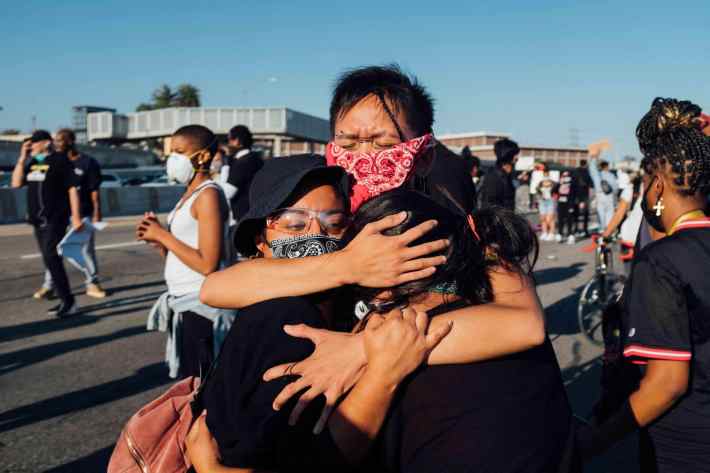
During the Ferguson rebellions of 2014 and 2015, you penned the piece “Why the Road to Ferguson Was a Freeway.” How do you think freeways have led to physical actions from the community?
There are a lot of instances of protesters taking over freeways in Los Angeles and it's a strategy to disrupt normal operations. For better or for worse, freeways are the most public of all public spaces in Los Angeles. We're not a city with plazas or centralized meeting places. The freeway provides that function, so by marching onto the freeway and arresting the flow of daily life in Los Angeles, it creates disruption and it generates the needed attention.
This is their way of saying, “Hey, we know that we don't belong here. We know these spaces are not for us. And, we are coming here to target neighborhoods that we've been socially and physically excluded from.”
Are there deeper issues protestors’ should be thinking about when they are occupying public spaces, especially when considering colonialism and indigeneity?
I think we should be questioning “whose space is this?” Who were these spaces created for, whose interests were served by their creation, and whose interests were not served by the creation of these spaces? Though, from the protesters’ point of view, there is a certain kind of poetic justice in taking back the public spaces, like freeways, that have caused a great deal of harm to their communities.
One thing that has been so different in these protests is their physical location. Historically these protests have taken place in the Black and Brown communities of South and East Los Angeles. Now they’ve moved to more affluent areas in Los Angeles. Why is that?
These protesters are more mobile than previous generations and they live in a city that is far more unequal and in some ways more unjust than before. This is their way of saying, “Hey, we know that we don't belong here. We know these spaces are not for us. And, we are coming here to target neighborhoods that we've been socially and physically excluded from.”
You’ve outlined a history of the city protecting property over people. How have we seen that play out recently?
One of the things that troubles me so much during these protests is the way the media focuses on the issue of looting. It's almost like people care more about private property than about the lives of Black men and women. Not that I am supporting looting, but you have to understand looting in a much broader socioeconomic context, especially in moments of racial unrest.
What do you think the current moment that we're in now means for Los Angeles as it relates to racial and economic inequality?
Inequality is rampant in Los Angeles. There is no doubt these protests were spurred by the murder of George Floyd, and other Black men and women, but they were also spurred by much, much deeper and more pervasive issues of inequality and injustice. Los Angeles has its own very notorious history of police brutality—we saw it happen a few weeks ago. We saw it in 1992 and It happened in 1965. That's Los Angeles’ cross to bear: The way in which inequality has played out along racial and ethnic lines.
Thank you for speaking with us.
This interview has been edited for length and clarity.
